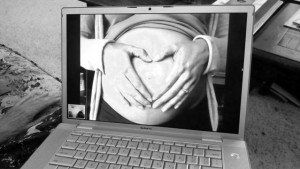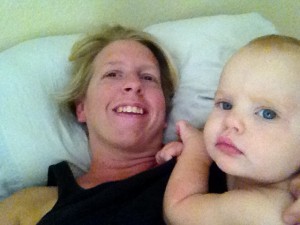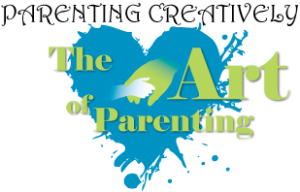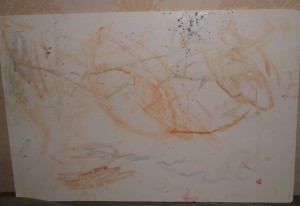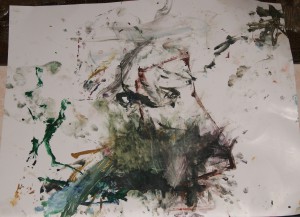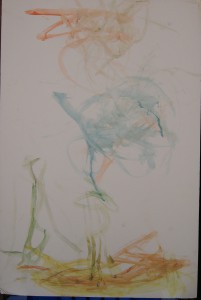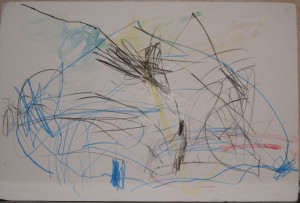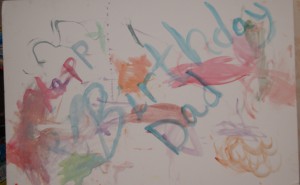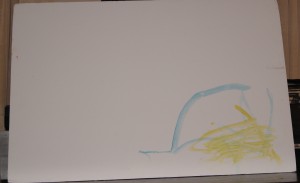This post was originally published on TheBirthingSite.com.
At 27 weeks into my pregnancy, I started my letter to him.
I didn’t yet know I was carrying a boy. My husband and I had picked out names, but we decided to wait until the birth to know the sex of our baby. So, I addressed my letter to “Dearest Baby Glenn,” and the words poured forth.
I’ve always loved to write. I love the romance between pen and paper, dreams and words. Ideas and letters mingle and merge in me. At my Mormon baptismal celebration, my beloved Aunt Kris presented me with a journal and encouraged my eight-year-old self to write. I’ve filled over fifty books since. I find writing a deeply spiritual path.
Writing to my son added a profound dimension to this practice. I try to imagine how time will bend on an unbeknownst future day when he will read my words. What will it be like for him to see into his early years and into his mother’s heart?
I’ll always remember where I was when I began writing his letter.
Before I knew I was pregnant, I had accepted a teaching job at a private, bilingual school in Bogota, Colombia. My husband and I decided to stay the course of the adventure even as our first child grew inside of me.
I remember the sunlight pouring through my floor-to-ceiling classroom windows. I gazed at the Andes Mountains. My round belly inspired me. I placed my hands on my body and imagined the growing being within. The call to begin writing to this child came from a fiercely impatient muse. My heart was expanding with a love that my mind could not fathom. I closed my work inbox, opened up a blank Word document, and I began to type, saved it using sodapdf.com and left it on my desktop.
“Dearest Baby Glenn,
Soon I will know if I should address these reflections to Maline or to Taber. However, on the most fundamental level it doesn´t matter. You matter. My love for you matters. Your development, health, strength, inner spirit, beauty, and wonder matter.
I can´t express how much I love you. You are now a permanent part of my heart. I think of you each day and night. I feel you kick and dance and move with joy. I love you, dear baby. You are my child, and I promise to always give you my best efforts and energy as I move into motherhood. … ”
I continue to add to this growing 85-page letter.
I detail milestones, magical moments, and the struggles and hopes of our little family. I share with my son, Taber, my vision for the world. I explain why we choose to spend time outside rather than in front of a television. I write about the day he drew a circle with a crayon, proudly saying, “Moon!”
Composing this letter helps me mother with a deeper sense of wonder, grace, and gratitude. Putting into words the prayers and hopes I have for this child, reminds me of what matters most in life. I want Taber to love this world and her people. I want him to grow up to be courageous, kind, and strong. Most importantly, I want him to know he is loved. Deeply. Truly. Fiercely. Freely.
In Roman mythology, Theseus volunteers to kill the evil Minotaur responsible for the deaths of many brave Athenian youth. The hero enters a dangerous labyrinth to accomplish this task. His beloved Ariadne gives him a sacred thread so he can find his way out of the confusing maze. May our words as parents be revivifying and inspiring to our children. May they carry sacred power and become like Ariadne’s thread offering guidance when our children navigate life’s challenging labyrinths.
Theseus emerges victorious. May our children do the same.

